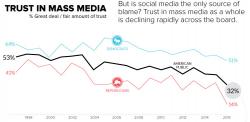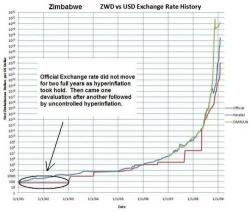There's Not Nearly Enough Growth To Keep Growing

Submitted by Raul Ilargi Meijer via The Automatic Earth blog,

Submitted by Raul Ilargi Meijer via The Automatic Earth blog,
Scientists have discovered a new continent hidden in plain view in the Pacific Ocean right next to New Zealand. Zealandia, as it is formally called, is a continent with a 5 million square kilometre landmass that lays largely submerged in the south-west Pacific. The 11 geologists from New Zealand and Australia who discovered Zealandia say that it should be confirmed as earth’s eighth continent, after Africa, Asia, Antarctica, Australia, Europe, North America, and South America.

Submitted by Flemming Rose and Jacob Mchangama via The Washington Post,
Remember George Orwell’s Ministry of Truth? In his dystopian novel “1984,” its purpose was to dictate and protect the government’s version of reality. During the Cold War, Orwell’s book was banned behind the Iron Curtain, because readers perceived the novel as an allegory for their own repressive regimes.

In a stark flashback to the events that led to Zimbabwe's terminal collapse into banana republic status, as well as unleashing hyperinflation and economic devastation, on Thursday South African President Jacob Zuma pledged to break up white ownership of business and land to reduce inequality, in a State of the Nation address which as the WSJ reports was disrupted by a fistfight, walkouts and a release of pepper spray in the parliamentary chamber. It appears South Africa is not fond of implementing "Rule 19."

Back in 1950, close to 30% of the global population lived in cities.
As Visual Capitalist's Jeff Desjardins notes, that has shifted dramatically, and by 2050, a whopping 70% of people will live in urban areas – some of which will be megacities housing tens of millions of people.
This trend of urbanization has been a boon to global growth and the economy. In fact, it is estimated today by McKinsey that the 600 top urban centers contribute a whopping 60% to the world’s total GDP.
Courtesy of: Visual Capitalist